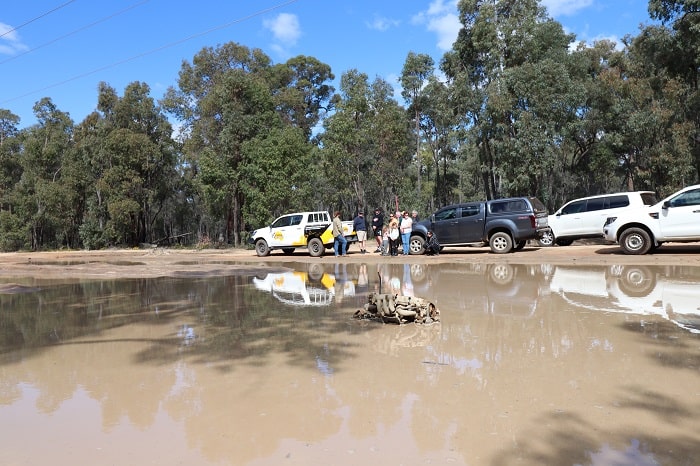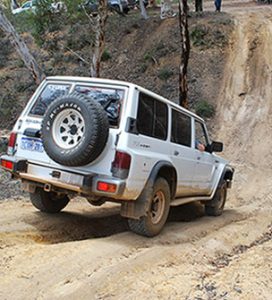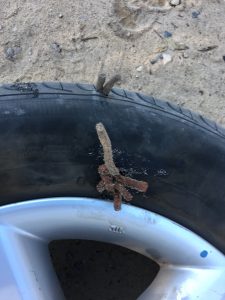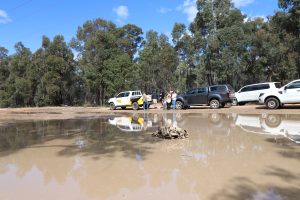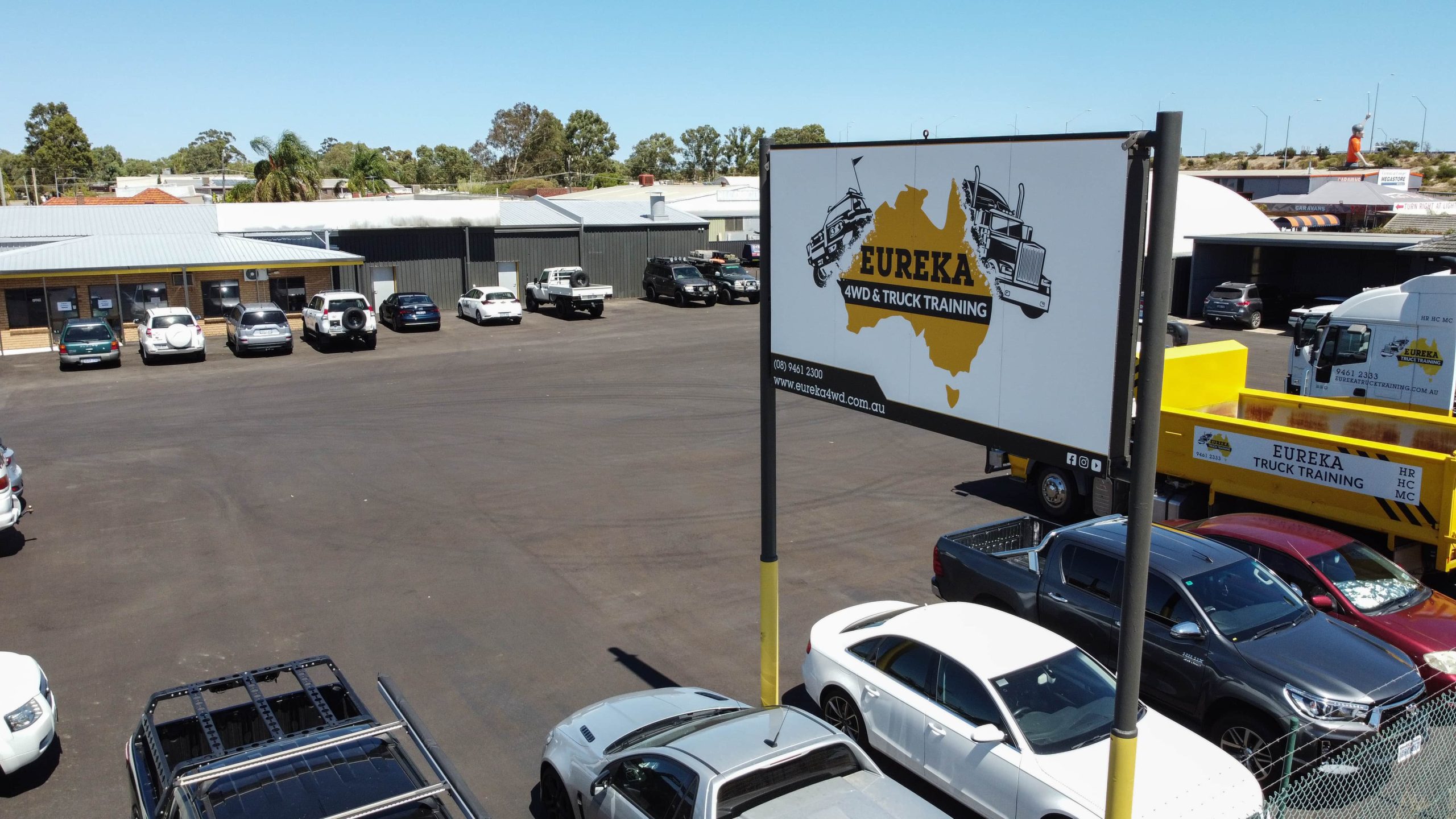Preparation & Extra-Attention for Flat Tyres
A flat tyre is something most of us will encounter at some stage of our lives and with driving a 4WD in all types of terrain being a favourite pastime, the chances of a flat become higher. With this increased risk, extra attention needs to be paid before heading out bush. Here are a few simple things to think about:
Check if You Have All the Equipment
When was the last time you checked to make sure you have all the equipment necessary to conduct a wheel change?
Have you got a spare tyre in good condition with air inside? Yes, many people either do not have a spare or have not checked it in so long it’s flat.
Do you have an appropriate working jack and wheel brace? if you have raised your vehicle your jack may not be suitable anymore, it might be time for new equipment.
Know The Process
Do you know where the equipment above is located or where to place the jack underneath the vehicle safely? If not, open your Owner’s Manual, it covers a plethora of information on changing a wheel. If you are still unsure, try it out at home in your own environment so you are ready for the real thing.
Some Other Options to Think About
We at Eureka 4WD Training always carry a tyre plug repair kit which can be bought quite cheaply, it takes up little room and can be very handy with punctures off-road. We can demonstrate how these work with you on our Recreational 4WD Training days. If you are going to be travelling in softer terrain make sure to have a suitable base plate for the jack to spread the load otherwise it may move, sink into the soft surface or not be steady on uneven terrain. A tarpaulin can come in handy when changing wheels in the bush to avoid lying in mud/spinifex etc
Safety First
As serious injury or worse can occur if you are not set up correctly, make sure that you are on as flat ground as possible before conducting a wheel change and the vehicle is in gear, apply the handbrake and chock the wheels to prevent your vehicle from moving while in the process of changing the wheel. If you are on road try to get your vehicle as far off the road as possible to avoid being a hazard to other drivers. Locate the spare tyre and place it underneath the vehicle near the flat tyre in case of jack failure. Never have any part of your body underneath the vehicle when only supported by a vehicle jack and never use a Hi-Lift Jack or Exhaust Jack to change tyres as they can become unstable and are not designed for this procedure.
Remove the Passengers
Have no one inside the vehicle. Any extra weight with the ability to move in your vehicle will put extra pressure on the jack and may cause it to collapse.
Changing a tyre can be a very easy process, yet like everything the more you know the better prepared you will be.
“As Always, Keep Safe Out There.”
– Pete Deas

